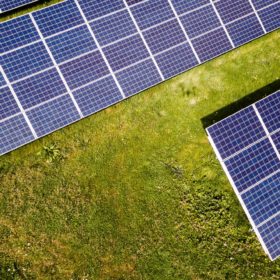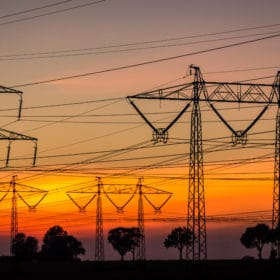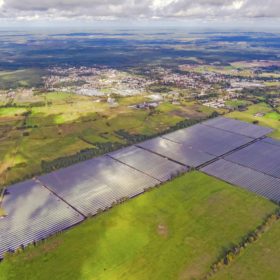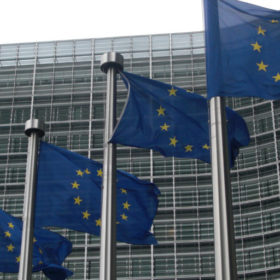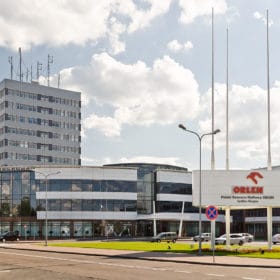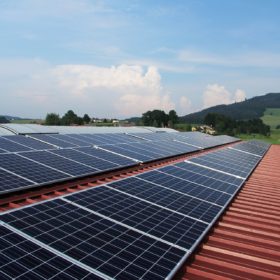Photon Energy update after ‘difficult’ quarter
The Amsterdam-based, Australia and central Europe-facing developer saw sales slump thanks to Covid-19 last year but has touted a growing operational project portfolio.
Poland granted preliminary grid-connection permits to 4.4 GW of PV last year
Data from the Instytut Energetyki Odnawialnej shows that the increasing number of grid-connection approvals may result in another record year for PV in the country in 2021.
Northvolt plans to expand gigafactory in Poland
The Northvolt manufacturing facility in Gdansk should become Europe’s largest factory for energy storage solutions. The production is scheduled to begin in 2022 with an annual capacity of 5 GWh. The company wants to expand it to 12 GWh.
Poland’s first solar PPA will see photovoltaics power cement production
The local subsidiary of German company Heidelbergcement will take solar electricity from the 65 MWp Witnica solar park between Poznań and Berlin for ten years under the power purchase agreement.
European Commission approves further €2.9bn battery research project
Companies from a dozen EU member states will commit the public funds in a bid to come up with novel battery chemistries and production methods as well as recycling and circular economy innovation.
The impact of solar spectra on PV module performance
Scientists in Poland have measured the effect of solar radiation spectra in variable weather conditions on the performance of different kinds of PV module technologies. They found that amorphous silicon panels offer the best response to this effect in stationary or BIPV projects on facades, while crystalline silicon and CIS solar panels represent the best options in projects with trackers.
Polish oil company plans 100 MW solar park at brown coal mine
The solar park is expected to be connected to the grid infrastructure of a coal power plant located nearby. Polish oil group Orlen is targeting 2 GW of renewable energy assets by 2030.
EU records annual rise of 7 TWh in third-quarter solar output
European renewables, including Spanish solar, made big gains as energy demand recovered before the second wave of Covid infections. Nuclear was a notable loser, in part because clean energy volumes in the north of the continent drove down power prices sufficiently to make reactors uncompetitive.
Complementary hybrid PV systems can reduce reliance on storage
Looking back over years of research into the topic of hybrid systems based on different combinations of solar, wind, hydro and other renewables, an international group of scientists found strong potential for strategies to exploit complementarity between the different sources integrate more intermittent renewables onto regional and national grids. The scientists present a series of conclusions and recommendations that aim to push research in hybrid renewables forward.
Solar claims all the 700 MW allocated in Poland’s latest small-scale renewables auction
Once again, solar was the only technology competing in the procurement exercise for renewables not exceeding 1 MW in size. The ERO reported a minimum price of PLN228.7/MWh ($61.2), which compares to PLN269.0 a year earlier.
